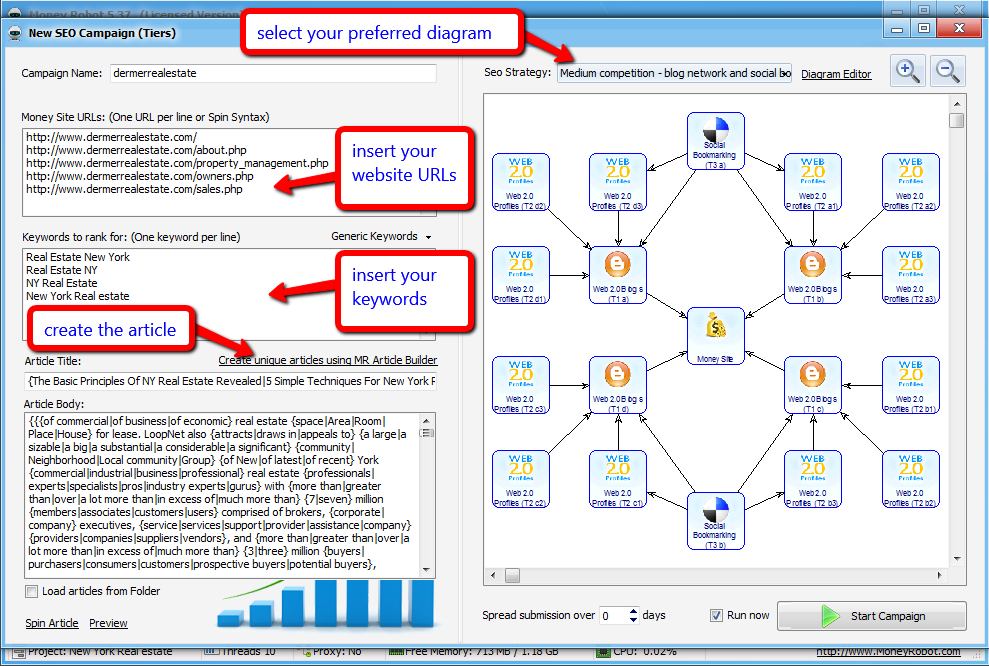
An SEO cheatsheet is a great way of optimizing your site in order to make it appear higher in search engines. It can also help you attract more visitors. It contains tips about Keyword density as well as Schema and Metadata markups, Breadcrumb lists and more. Get the cheat sheet below to get you started! Here are some examples.
Keyword density
Although keyword density was once a concept of SEO in the past, it is still relevant today. A sausage article might include the keyword "sausages", which is 2% of all articles. This was a method that search engines used to use when they were less sophisticated. It helped them determine what page should contain. A more appropriate keyword density is 2%. You can also check your content using other tools to determine the right keyword density.

Schema markup
The SEO cheat sheet "Schema Markup" lists the various ways you can incorporate this data in your site. Google, Yahoo and Yandex maintain the schema vocabulary. Many other search engines also use schema marksup. While structured data doesn't affect ranking, the rich snippets may have a higher click-through rate.
Metadata
It is important to realize that metadata can have a dramatic impact on the visibility of your website in search engine result pages (SERPs). Without the right metadata, you could end up with a mediocre SERP that's hard to click on. This will eventually lead to lost traffic, and user engagement signals. Here's some information about metadata. It is important to keep it up-to-date.
Breadcrumb lists
There are two types or SEO breadcrumbs lists: attribute and place. Location breadcrumbs refer to places on a website where users can easily access the information they need. Attribute breadcrumbs, on the other hand, are based on keywords and attributes. These are best for ecommerce or technical support pages. Duplicate breadcrumbs can impact search engine interpretability. This is why it's important to use geo-based breadcrumbs.

Schema
Schema Markup Strategy can be the SEO strategy that moves the needle. A schema markup strategy can help your website rank higher on search results pages. This tells crawlers how organized your site looks. The correct schema will contain information about your website's events as well as images, links and social pages. When used in conjunction with other SEO techniques schema will improve the visibility of your website in search results. Schema markup not only ensures a better user experience but can also improve your search engine rankings and increase your CTR.
FAQ
SEO still considers link building relevant.
Link building will always be essential. However, how you approach this today is quite different to how it was done 10 years ago. Finding customers and making sales is today's greatest challenge for any company. That's where search engine optimization comes into play.
Social media has become a key tool for businesses. Content marketing strategies have also become very important. Google penalizes websites which have too many links to their sites. This is understandable since linking to too many other sites will likely mean that there isn't much original content on your site.
All these factors mean that link building isn't nearly as valuable for ranking your website as it once was.
Why would an SEO strategy be necessary?
SEO strategies will help you to maximize your potential for growth. If you don't rank higher in search results, it doesn't make sense to have great content that no one ever finds.
A good SEO strategy helps you build relationships with influencers and experts within your industry. With their connections and knowledge, you can learn new techniques and tricks to beat your competitors.
How can I improve my rankings using link building?
Link building refers the process of building high-quality links to your website. It's important to ensure that websites linking to yours are relevant for your business. The more unique and authoritative the link appears, the better.
How do SEOs work for me?
It is important to understand the needs of people searching for your company or products through search engines like Google. This will help you get a Google ranking. This guide will help you learn how to write content that gets ranked high by Google. Check out our other guides about content marketing.
To start, you'll want to create a plan and think about what kind of keywords you want to target. There are two types if keywords: broad keywords like "digital market" and specific keywords like "seo".
You'll then need to decide on a few goals - driving leads, increasing brand awareness, or boosting sales.
Once you have your objectives defined, you are now ready to start writing content. Here are some SEO tips.
Once your content has been created, it's now time to publish it on your blog or site. This might mean updating your existing pages if you own a website. If not, you need to hire web designers who can help you build one.
After publishing your content, link to it from relevant websites and blogs. This will increase the visibility of your content and make it more visible.
How often should I update my website?
There are several ways to update your website. One way to make your website more modern is using a CMS, also known as a Content Management System. You can edit every aspect of your website from this CMS without ever touching code.
Another option is to install a plugin that automatically updates the website. These plugins can either be purchased from WordPress stores or installed by you.
WPtouch, Yoast, and several other plugins are free. The best thing to do is to test different methods and see which works best for you.
Statistics
- Sean isn't alone… Blogger James Pearson recently axed hundreds of blog posts from his site… and his organic traffic increased by 30%: (backlinko.com)
- 64% of marketers actively create SEO campaigns because they help hit multiple key performance indicators (KPIs), including increasing traffic, helping your site rank for relevant keywords, improving your conversion rate, and much more. (semrush.com)
- : You might have read about the time that I used The Content Relaunch to boost my organic traffic by 260.7%: (backlinko.com)
- A 62.60% organic traffic boost to that page: (backlinko.com)
- If two people in 10 clicks go to your site as a result, that is a 20% CTR. (semrush.com)
External Links
How To
How do I start my first blog.
It's simple! WordPress is a powerful tool for creating blogs. Users can easily edit the appearance of their blogs by adding themes, changing fonts and colors, and customizing the layout. You can also use plugins to change the appearance of your website based on visitor activity.
There are many free templates you can download from WordPress.org. You also have the option to purchase premium templates. Premium templates have additional features, such as more pages, extra plugins and enhanced security.
Once you've downloaded your template, you'll need to sign up for a free account with a hosting provider to upload your files and run your blog. Many hosts offer free accounts, but there are often restrictions on how much space you can use, how many domains you can host and how many emails you can send.
If you decide to use more than one domain name, you'll also need to buy separate email addresses. This service may be charged by some hosts.
It's easy to wonder why someone would pay to host a blog online, especially if you're just starting out with blogging. The majority of hosts offer unlimited storage so files aren't deleted even if accidentally deleted.
Many hosts permit multiple domain hosting. You can host several sites under one package. You can avoid signing up for multiple email accounts and maintain all your sites through one interface.
Some hosts have social media sharing buttons built into their dashboards. This allows visitors to quickly and easily share content across the internet.
You can usually manage your blog through the tools offered by hosting providers. You can check the performance stats for your site, view how many visitors each article has received, and even compare your traffic to other blogs.
These tools will make managing your blog much easier and more efficient. It's worth looking at before you decide on a hosting plan.
To sum up:
-
You can choose a topic related to your business.
-
Create engaging content;
-
Optimize your site using SEO techniques;
-
Promote your site using social media channels;
-
Monitor your statistics regularly to make changes where necessary;
-
Last but not least, make sure to keep your blog updated.
In summary, you need to create and promote good content and then track its success.